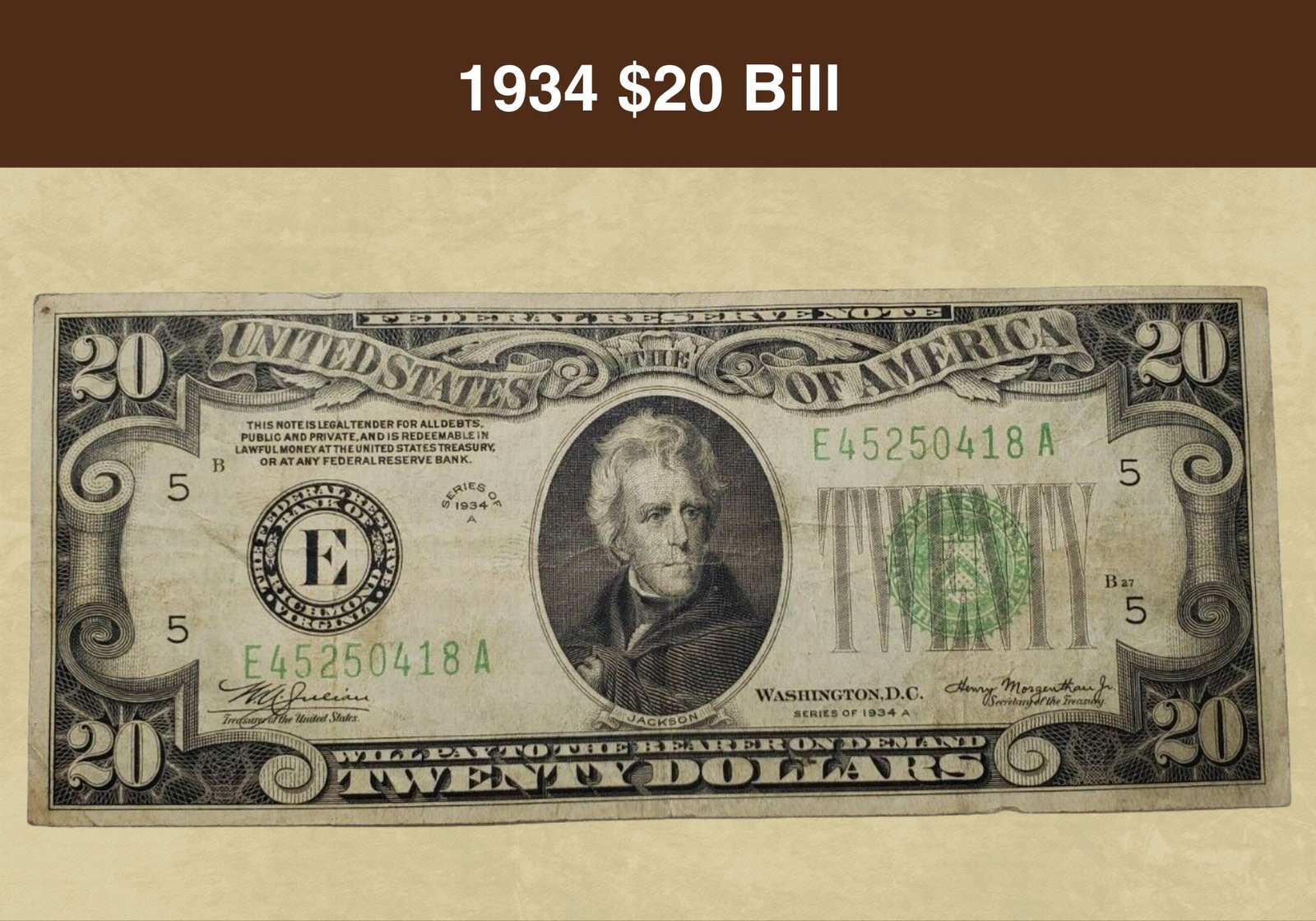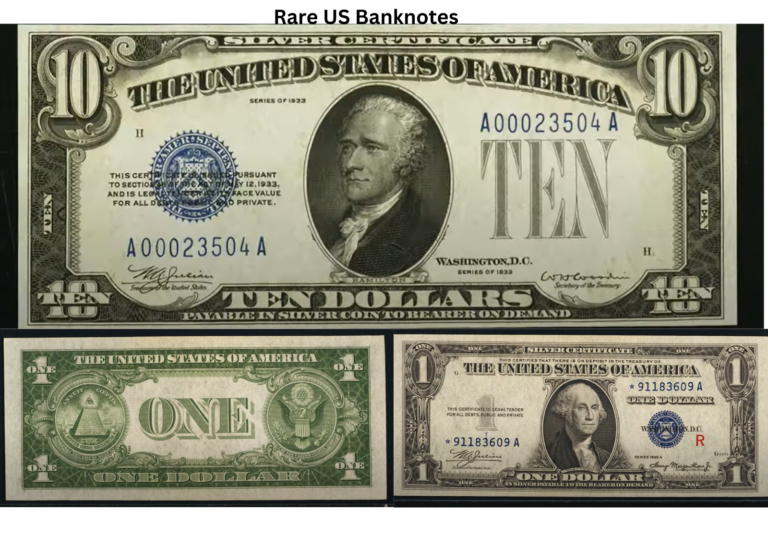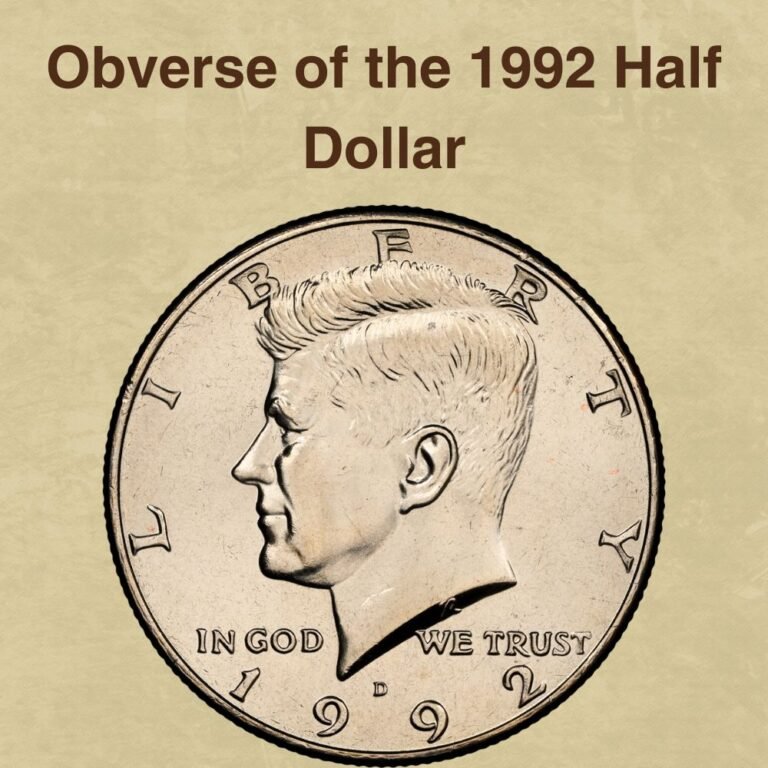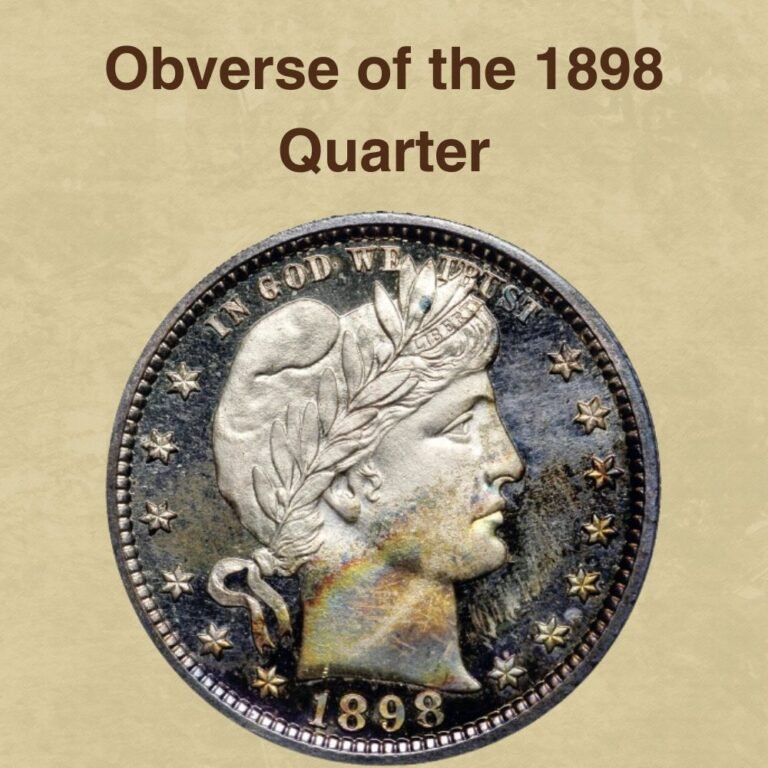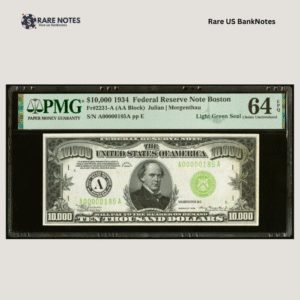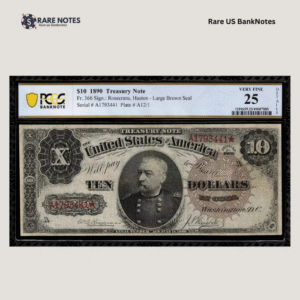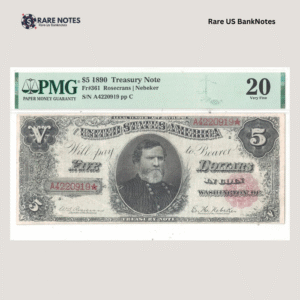1934 $20 Bill Value: How Much Is It Worth Today?
Several different $20 bills carry the date 1934. And in decent condition, all of them are worth more than their face value. But how much more? And what features influence the value of an individual banknote?
That’s what we’re here to find out! We’re going to investigate the 1934 $20 bill value. And we’ll find out about its history and design along the way.
So, if you’re ready to discover all you need to know about the 1934 $20 bill, step this way!
| 1934 $20 Bill Value Chart | ||||
| Series | Circulated Non-Star, Very Fine to Extremely Fine | Uncirculated Non-Star, MS63 | Circulated Star, Fine to Extremely Fine | Uncirculated Star, MS63 |
| 1934 $20 Bill | $30-$50 | $115 | $85-$150 | $675 |
| 1934 Hawaii $20 Bill | $125-$300 | $775 | $2,000+ | $2,500 |
| 1934A $20 Bill | $25-$35 | $75 | $75-$150 | $500 |
| 1934A Hawaii $20 Bill | $115-$165 | $500 | $800-$2,400 | $7,500 |
| 1934B $20 Bill | $30-$40 | $100 | $90-$135 | $750 |
| 1934C $20 Bill | $25-$35 | $75 | $80-$150 | $450 |
| 1934D $20 Bill | $25-$35 | $75 | $100-$200 | $750 |
1934 $20 Bill History
The first $20 bills were large-sized notes issued in 1861. They were what’s known as “Demand Notes”. The government used them during the Civil War to pay expenses like soldiers’ salaries. The front showed Lady Liberty holding a sword and a shield. The back featured an abstract pattern.
The dimensions and design of the $20 bill have changed many times over the years. But the notes dated 1934 bear the image of the same person as modern notes: the former president of the USA, Andrew Jackson. Jackson’s portrait first appeared on $20 bills in 1928.
Up until 1933, paper money could be exchanged for gold. But that year, the US government abandoned the gold standard, the means by which currency values were pegged to gold.
From then on, currency was measurable in silver instead. In 1934, it would have been possible to exchange one of the new $20 bills for silver. That didn’t come to an end until 1963, when bills became “legal tender” instead.
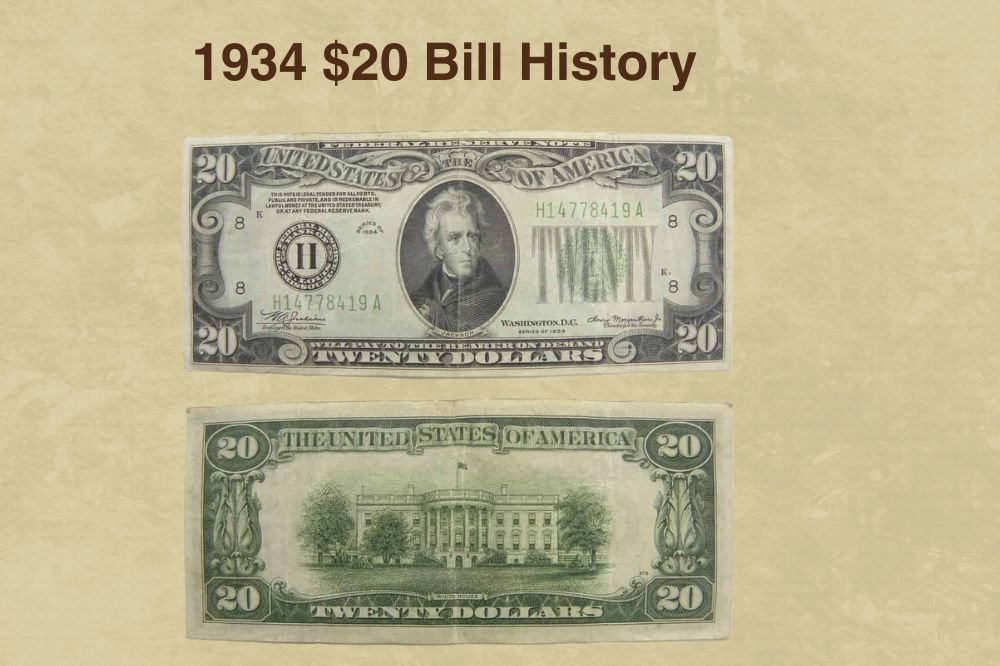
There are a number of different series of $20 bills bearing the date 1934. The standard series are 1934, 1934A, 1934B, 1934C, and 1934D. But there are also two series that were first printed in 1942 – the 1934 and 1934A series overprinted with “HAWAII”.
These notes followed the Japanese attack on Pearl Harbor the previous year. The government feared that if Japan were to invade Hawaii, the enemy would be able to access large amounts of US currency.
Most banknotes in use in Hawaii at the time were recalled and replaced with new versions. In the event of a Japanese invasion, the government would be able to declare Hawaiian bills worthless. Today, 1934 and 1934A Hawaii bills are both rare and highly collectible.
Further minor changes were made to the $20 bill design over the years. In 1998, it was completely redesigned, incorporating a number of new elements to combat forgery. These included a watermark, microprinting, and color-shifting ink.
The most recent series of $20 bills is dated 2017A. They bear the signatures of Treasurer Josita Carranza and Secretary of the Treasury Steven Mnuchin.
Features of the 1934 $20 Bill
In 1928, the size of $20 bills was reduced, and the portrait of Andrew Jackson was added. The 1934 series of $20 bills carry the same portrait.
1928 marked the 100th anniversary of Jackson’s election as president. But his opposition to the establishment of a National Bank meant that using his image on the obverse of the $20 bill was controversial.
At the time, the Treasury said that it had simply chosen an image that would be well known to the public. More recently, it has said huffily that it does not comment on the reasons for its choices!
The President’s portrait is positioned in the center of the obverse. The number “20” appears in all four corners.
The Treasury seal and serial numbers are printed in green, with “TWENTY” printed over the former. The exception is the 1934 and 1934A Hawaii bills, where the seal and serial numbers are printed in brown. These also have the word “HAWAII” overprinted on both sides.
The obverse of all the 1934 series $20 bills bears the words: “THIS NOTE IS LEGAL TENDER FOR ALL DEBTS, PUBLIC AND PRIVATE, AND IS REDEEMABLE IN LAWFUL MONEY AT THE UNITED STATES TREASURY, OR AT ANY FEDERAL RESERVE BANK.”

The reference to “lawful money” means silver – a change from earlier $20 bills, which could be redeemed in gold.
The different series have different pairs of signatures. The 1934 and 1934A series have the combination of US Treasurer William Alexander Julian and Treasury Secretary Henry Morgenthau Jr.
The 1934B series is signed by Julian and Frederick Moore Vinson. The 1934C series has Julian’s signature again, this time combined with that of John William Snyder. For the 1935D series, Snyder’s signature appears alongside that of Georgia Neese Clark.
The reverse of the 1934 $20 bill features an engraving of the White House. The country name appears on a banner above it, while the name of the building is in small letters underneath.
Each corner has the digits “20”. And the denomination, written as “TWENTY DOLLARS”, is printed boldly at the bottom of the bill.
Unlike later bills, this doesn’t have the legend “In God We Trust”. This wasn’t added to US bills until the 1950s.
Other Features of the 1934 $20 Bill
As with most US “paper” currency, the 1934 series of $20 bills is made of a combination of 75% linen and 25% cotton.
The bills measure 156 by 66 millimeters. Those are the same dimensions as modern versions but considerably smaller than the first $20 bills.
This YouTube video from moneycollector2022 shows you a 1934D $20 bill.
1934 $20 Bill Value and Buying Guides
Look for the series number to the right of the portrait of Andrew Jackson, towards the bottom of the bill. If you see the words “Series of 1934” and the Treasury seal is green, you have a 1934 $20 bill.
(If there’s a letter after the “1934”, it’s a different series and will have a different value. And if the seal and serial numbers are brown, you have a Hawaii note.)
The next thing to look at is the serial number. Paper money is either “non-star” or “star”. The latter bills are more valuable and have a star at the end of the serial number. This indicates that it was a replacement bill for one that had been damaged.
The other key factor that determines value is the condition of the note. The better the condition, the rarer and the more valuable it will be.
Circulated 1934 $20 bills – those that have been handled and show signs of wear – are less valuable than uncirculated ones.
Grading agencies will look at factors like the quality of the paper and the placement of the margins and registration. A note that has been processed to improve its appearance will be downgraded. Like coins, agencies grade bills from 1 to 70, with 70 denoting a perfect example.
A circulated 1934 non-star $20 bill in very fine condition is worth around $30. That rises to $50 if it’s graded extremely fine.
But if it’s uncirculated, the value is considerably higher. A 1934 non-star $20 bill graded 63 is valued at around $115.
For star notes, values start at about $85 for a very fine example, rising to $115 for one graded extremely fine. An uncirculated star bill graded 63 will be worth around $675. One graded 64 was sold at an auction in 2019 for almost $4,000.
Some collectors also focus on interesting serial numbers. Bills with a sequential serial number, like 12345678, or a serial number with repeated digits, can sell for big money.
1934A $20 Bill Value
The 1934A series of $20 bills is slightly less collectible than the 1934 series. Values for no-star circulated bills in very fine condition start at around $25. An uncirculated no-star bill graded 63 is worth around $75.
A star bill in very fine condition is worth around the same amount. And the star increases the value of an uncirculated bill graded 63 to around $500.


